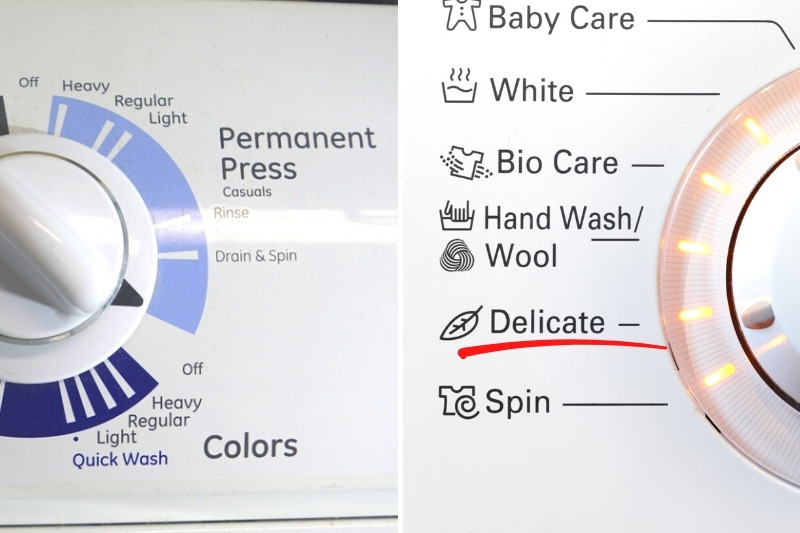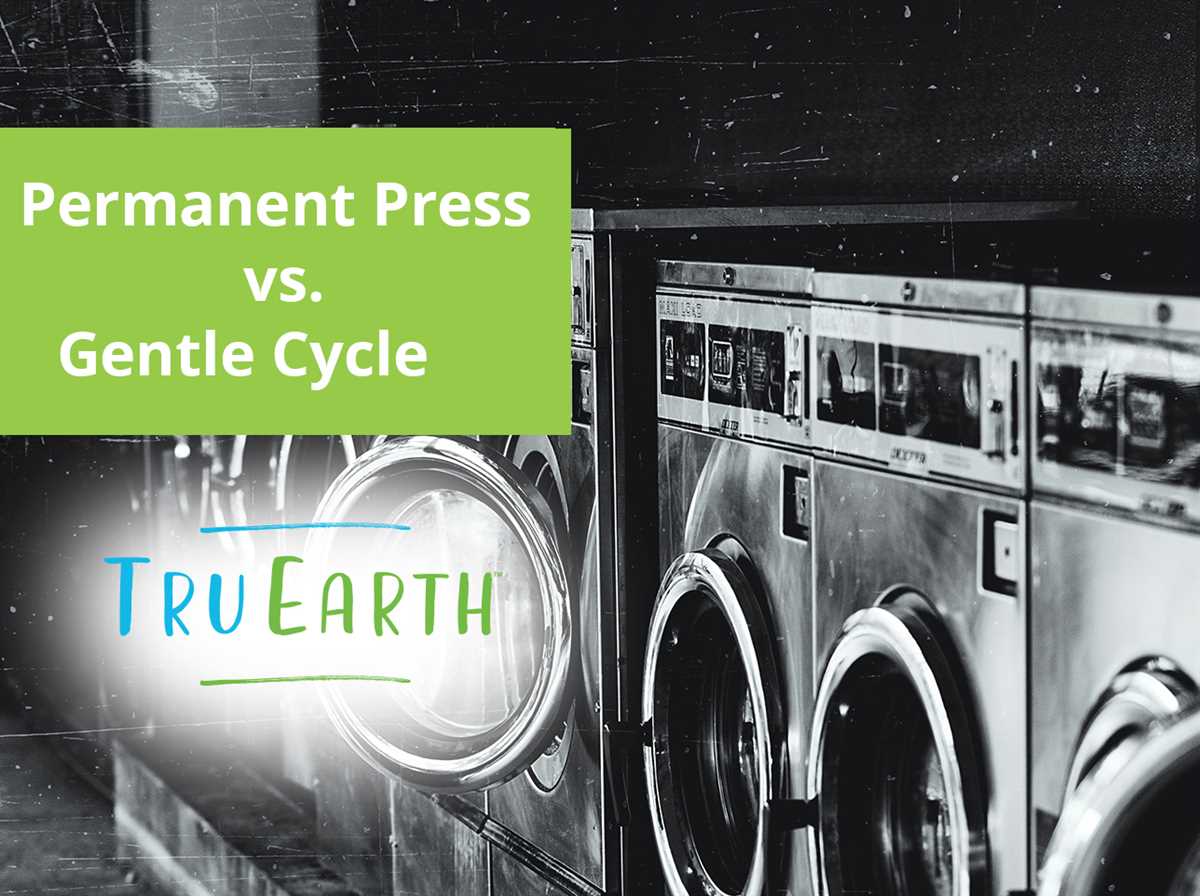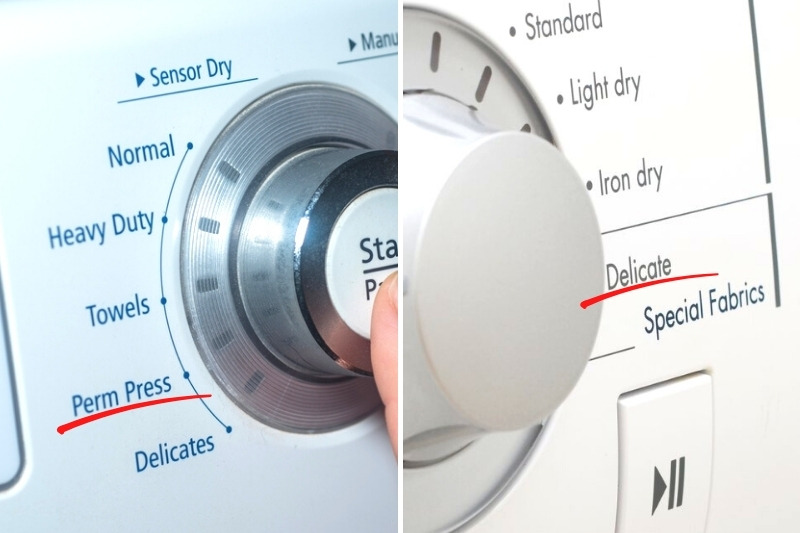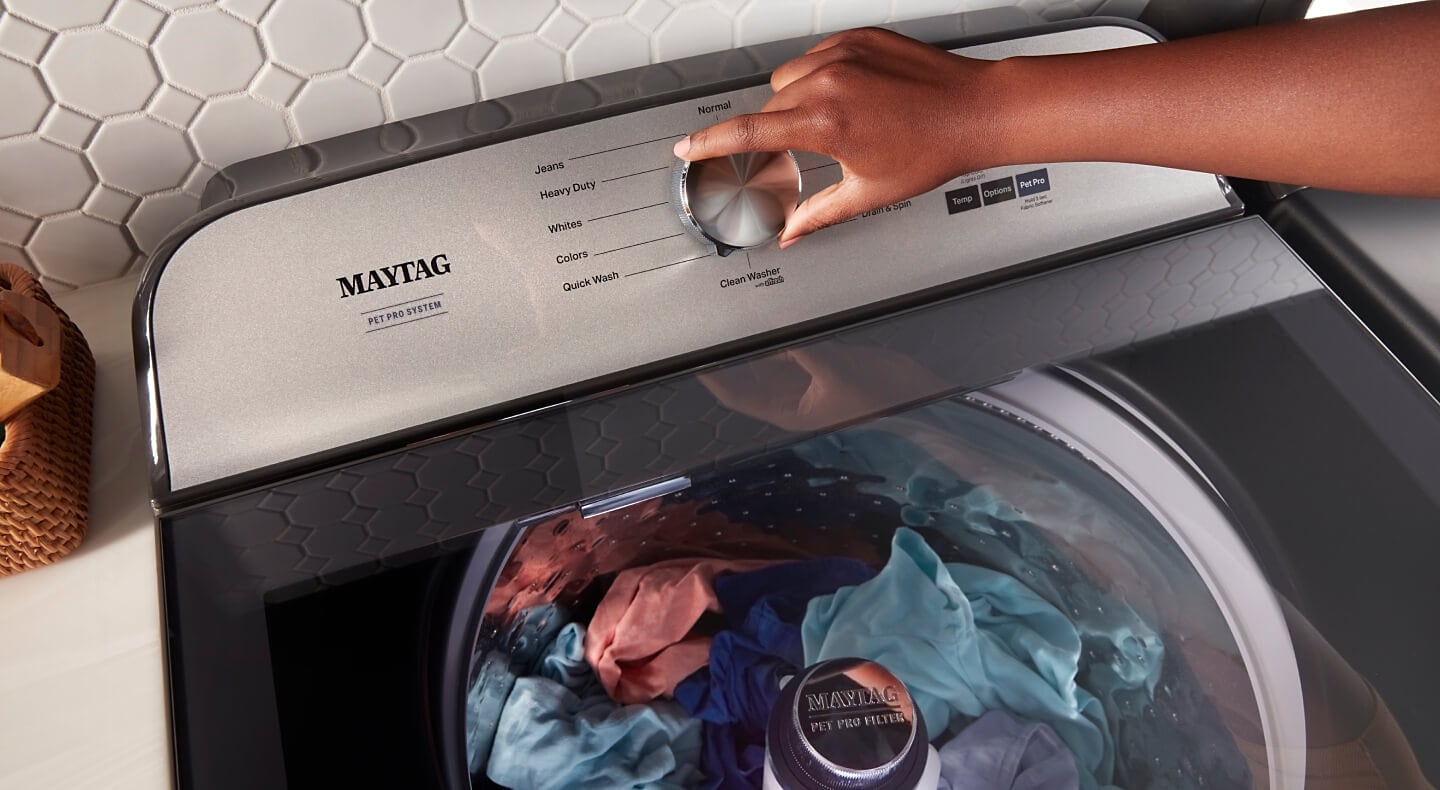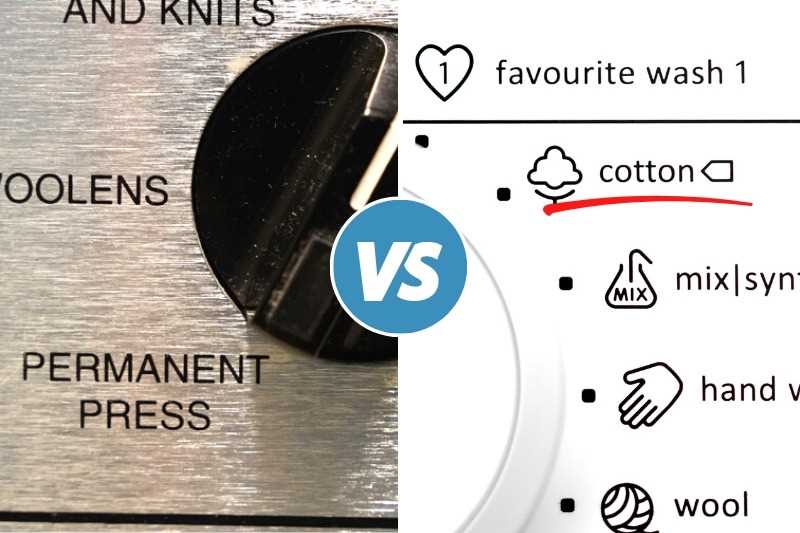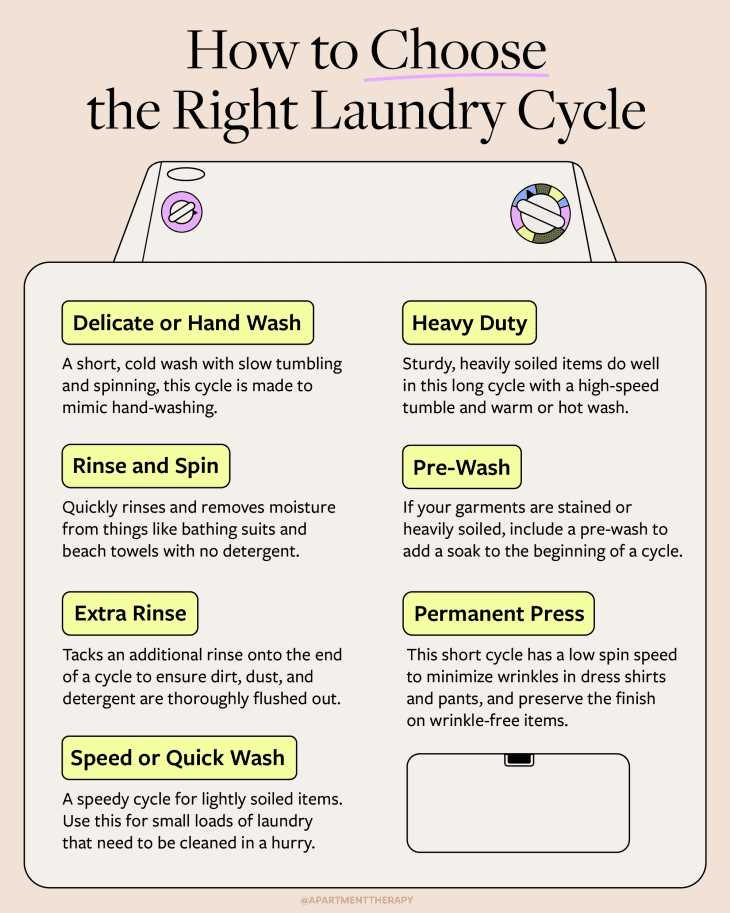Difference Between Permanent Press And Delicate
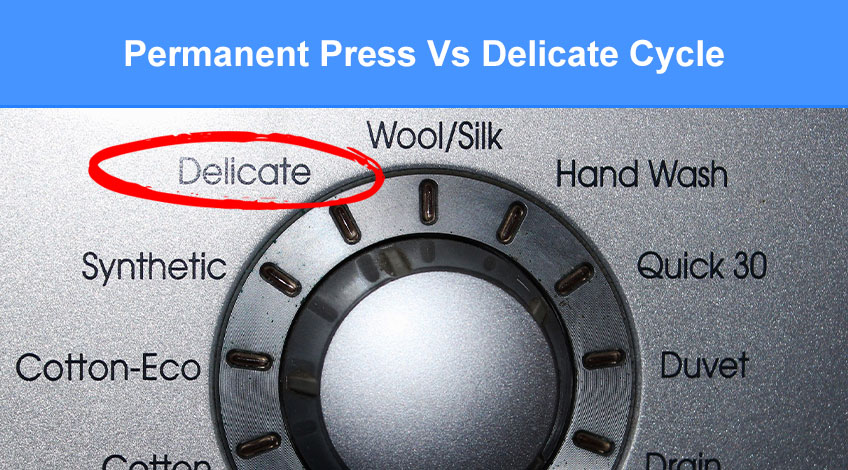
Laundry day looming? Don't ruin your clothes! Understanding the difference between Permanent Press and Delicate cycles can save your wardrobe and your wallet.
These settings cater to vastly different fabric types and soil levels, and choosing the wrong one can lead to shrinkage, damage, or incomplete cleaning.
Understanding the Basics
The Permanent Press cycle, sometimes labeled "Wrinkle Control," is designed for synthetic or blended fabrics like polyester, rayon, nylon, and acrylic.
Its primary goal is to minimize wrinkles and maintain the shape of clothes during washing and drying. This cycle typically uses a warm wash and a cool rinse.
In comparison, the Delicate cycle is specifically for fragile items like silk, lace, lingerie, and items with embellishments.
This cycle uses cold water, a slow wash speed, and a gentle spin to prevent damage.
Key Differences in Detail
Water Temperature
Permanent Press utilizes warm water (around 85-105°F or 29-41°C) to effectively clean synthetic fibers. This higher temperature is needed to remove stains and oils from these fabrics.
Delicate always uses cold water (typically below 85°F or 29°C) to avoid color fading, shrinkage, and fiber damage. Heat can significantly weaken delicate fabrics.
Wash Speed
The Permanent Press cycle employs a moderate wash speed. It's gentler than the normal cycle but still provides adequate agitation for cleaning.
The Delicate cycle boasts an extremely slow and gentle wash speed. It minimizes friction and pulling on the fabric, reducing the risk of tearing or stretching.
Spin Cycle
Permanent Press uses a medium-speed spin cycle. This removes excess water while still being less intense than the normal or heavy-duty cycles.
The Delicate cycle features a very slow spin or even no spin at all. This reduces stress on the fabric and prevents stretching or distortion.
Drying
The Permanent Press cycle in a dryer usually involves low heat. This helps to prevent wrinkles from setting in and protects synthetic fibers from melting or shrinking.
Delicate items should ideally be air-dried. Tumble drying, even on low heat, can damage delicate fabrics.
Consequences of Misuse
Using the Permanent Press cycle on delicate items can be disastrous. The warm water, higher wash speed, and medium spin can cause shrinkage, fading, and damage to embellishments like beads or sequins.
Conversely, using the Delicate cycle on clothes designed for Permanent Press might not clean them effectively. The cold water and gentle agitation may not be sufficient to remove stains and oils from synthetic fabrics.
This could lead to clothes that still smell or look dirty after washing.
Practical Examples
Consider a polyester dress shirt. This belongs in the Permanent Press cycle. The cycle will clean the shirt effectively without causing excessive wrinkling.
Think about a silk scarf. This absolutely requires the Delicate cycle. The gentle washing and cold water will prevent damage and preserve its color and texture.
Always check the care label on your clothing. This label provides specific instructions for washing and drying, helping you choose the correct cycle.
When in Doubt, Err on the Side of Caution
If you are unsure which cycle to use, opt for the Delicate cycle. It's generally safer for most fabrics, even if it means the cleaning might not be as thorough.
You can always pre-treat stains or hand-wash items that need extra attention.
Remember, investing a little time in understanding your washing machine's settings can save you money and keep your clothes looking their best.
